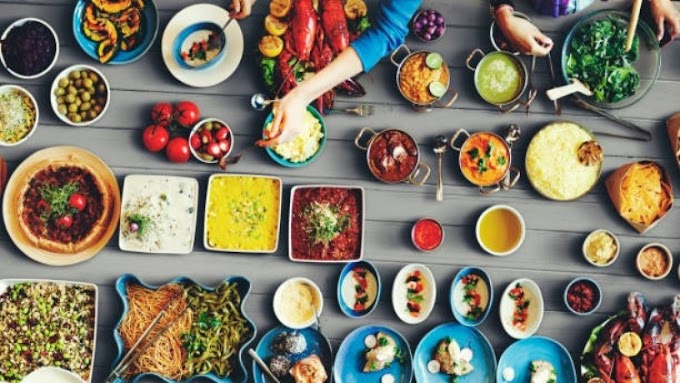Introduction
Food is a universal language that transcends borders and cultures. It's a source of nourishment, pleasure, and cultural identity. Cuisine, in all its diversity, reflects the history, geography, and traditions of a region or community. In this article, we embark on a culinary journey to explore the rich tapestry of global cuisine, from traditional dishes to contemporary culinary trends.
The Cultural Tapestry of Cuisine
Cuisine is a reflection of culture, and each region has its own unique culinary heritage. Whether it's the spicy flavors of Thai cuisine, the savory traditions of Italian cooking, or the complex spices of Indian dishes, food carries the stories and traditions of generations.
Traditional Delicacies
Traditional dishes are often passed down through generations, and they offer a glimpse into the culinary history of a particular culture. From sushi in Japan to paella in Spain, these dishes celebrate the art of cooking and are often enjoyed in festive settings and family gatherings.
The Global Fusion of Flavors
In today's interconnected world, culinary fusion is on the rise. Chefs draw inspiration from various cultures and traditions, creating exciting new combinations of flavors. Fusion cuisine celebrates diversity and encourages experimentation.
The Rise of Plant-Based Dining
As concerns about health and sustainability grow, plant-based dining is gaining popularity. Vegan and vegetarian cuisine have evolved significantly, with chefs and food entrepreneurs developing innovative and delicious meat-free options.
Farm-to-Table and Sustainable Dining
The farm-to-table movement emphasizes locally sourced, seasonal ingredients. It not only supports local farmers but also reduces the carbon footprint associated with food transportation. Sustainable dining practices promote responsible food production and consumption.
The Art of Food Presentation
Food is not only about taste but also about presentation. The art of plating turns a meal into a visual masterpiece, showcasing creativity and attention to detail. From Michelin-starred restaurants to home kitchens, presentation matters.
Street Food: The Heartbeat of Culinary Culture
Street food is a beloved part of culinary culture in many countries. It offers an authentic taste of local cuisine and often becomes a staple of urban life. Street vendors around the world serve up diverse and mouthwatering delights, from tacos in Mexico City to banh mi in Hanoi.
Food as a Cultural Ambassador
Food has the power to bridge cultural gaps and promote understanding. Through food festivals, cooking classes, and culinary tourism, people can explore different cultures and forge connections over a shared meal.
The Joy of Cooking
Cooking is both an art and a skill that brings people together. Preparing meals at home fosters a sense of creativity and connection with the ingredients. Cooking can be a form of self-expression and a way to show love and care for others.
Conclusion
Food and cuisine are an integral part of our lives, providing nourishment, pleasure, and a deeper understanding of the world. Whether you're indulging in a beloved family recipe, exploring exotic flavors, or experimenting with new culinary trends, food is a journey of the senses. It connects us to our roots, sparks creativity, and celebrates the diverse cultures that make our world so vibrant. So, savor the world's flavors, explore new tastes, and let food be your guide on a delicious journey of discovery.







0 Comments